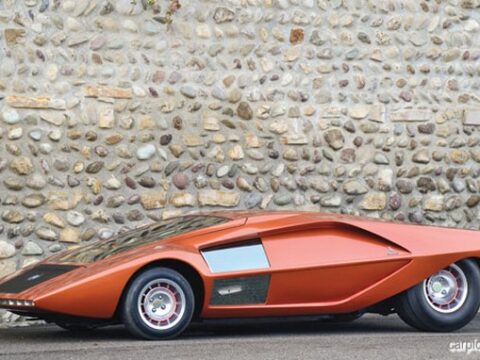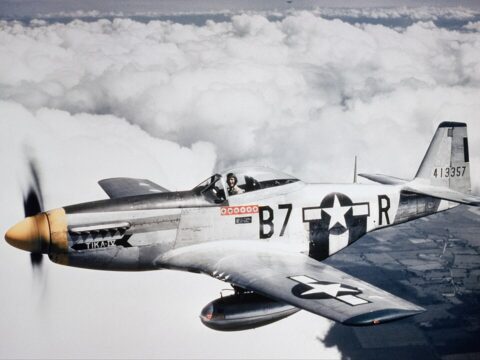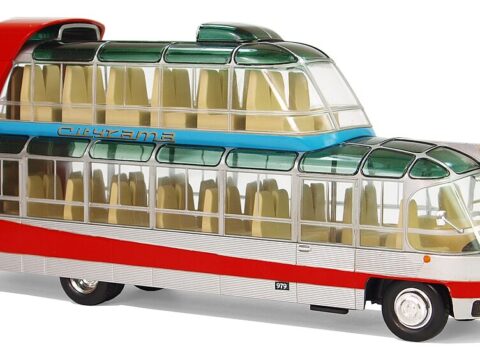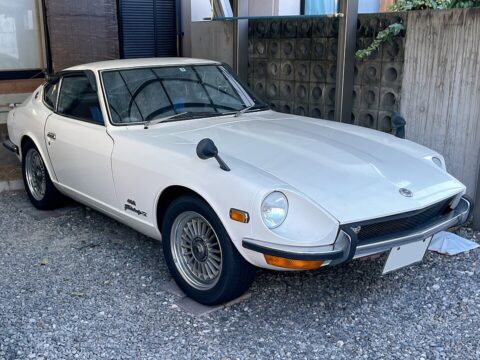The roaring engines, the sleek designs, and the emblematic status—American muscle cars have long been symbols of power, freedom, and automotive excellence. Yet, as with all legends, there are tales of glory and tales of despair. For every iconic muscle car that has roared down the highways, there’s one that has whimpered to a halt on the roadside. This article delves deep into the heart of automotive history, highlighting those muscle cars that, despite their allure, became infamous not for their performance but for their lack of reliability.
Contents
1971 Plymouth GTX
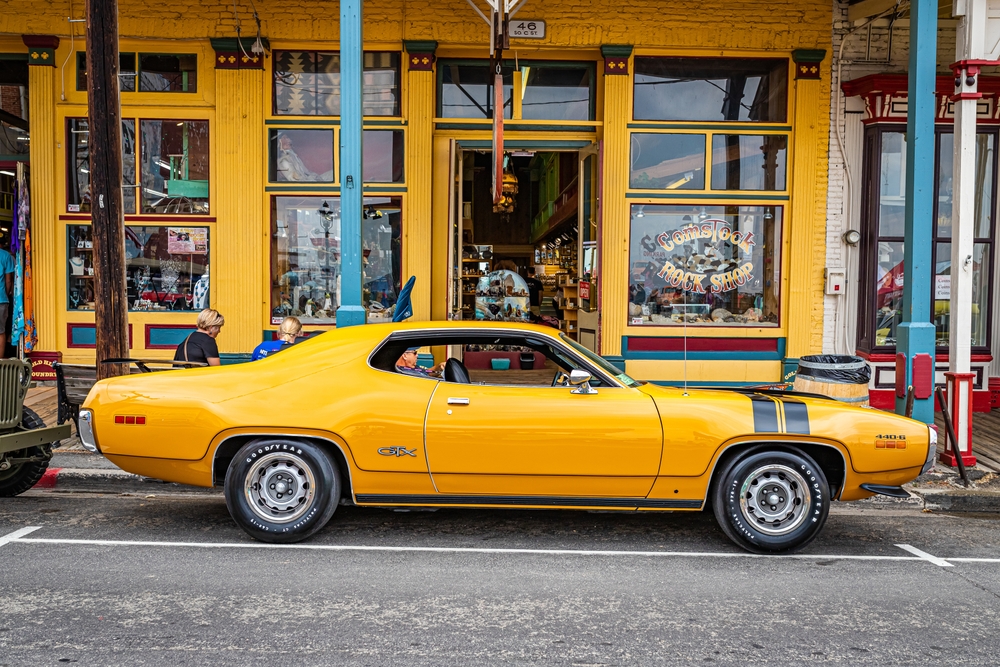
The 1971 Plymouth GTX came with high expectations but faced various mechanical issues. Many owners reported problems with the car’s ignition system, carburetor tuning issues, and frequent transmission failures. Despite its aggressive looks and impressive horsepower numbers, it struggled to maintain a good reputation due to its unreliability.
1982 Chevrolet Camaro Z28
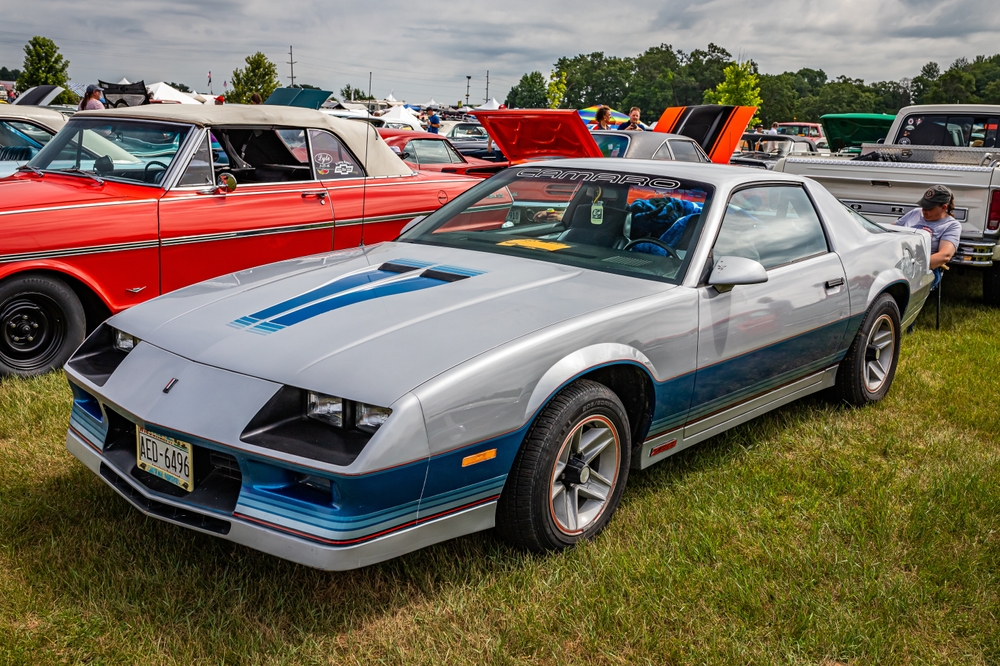
The third-generation Camaro was introduced in 1982, and while it looked modern and sleek, it was plagued with reliability concerns. The Cross-Fire Injection system was particularly problematic, often leading to uneven idling, stalling, and poor overall performance.
1978 Ford Mustang King Cobra
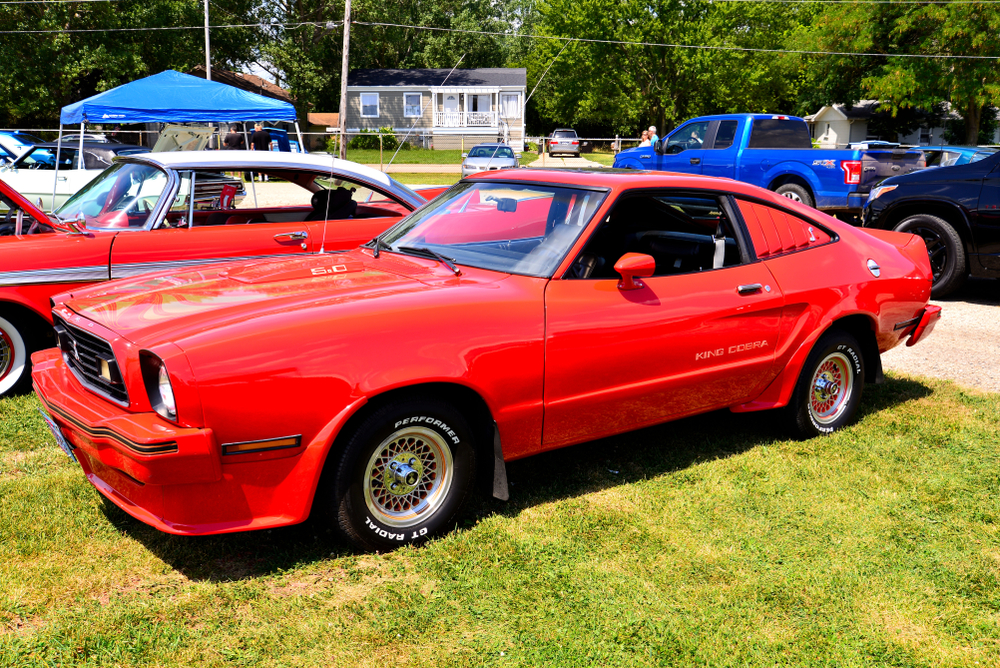
It was an attempt by Ford to revive the Mustang’s performance image during a period of stricter emission regulations. Unfortunately, the car was underpowered and faced numerous quality control issues, including electrical problems and frequent oil leaks.
1980 Pontiac Firebird Trans Am Turbo
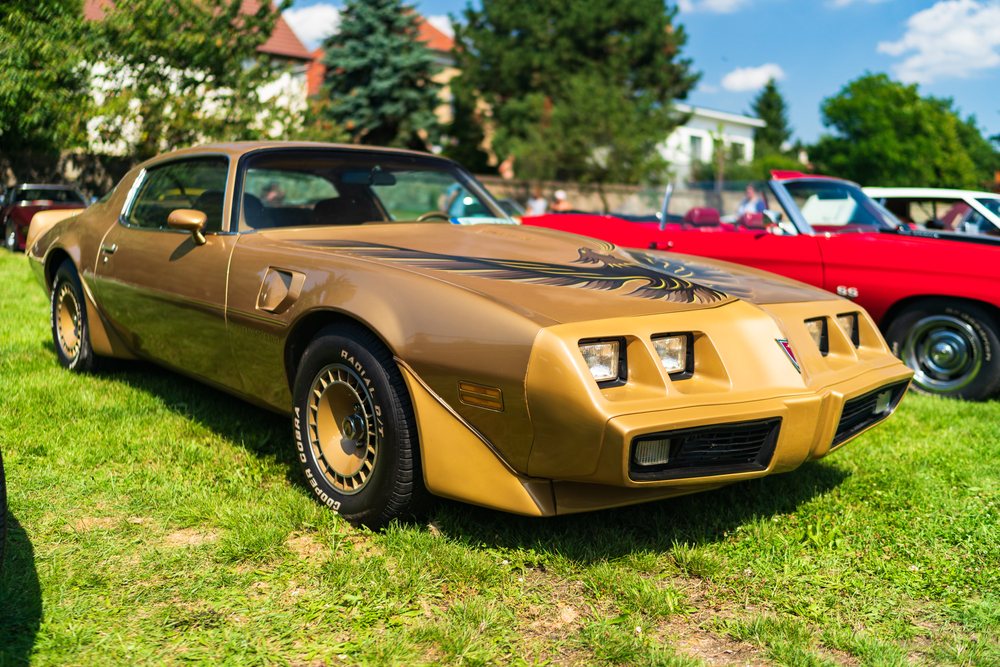
While it sounded exciting on paper, the turbocharged 301 V8 engine in this Trans Am was troublesome. Many reported laggy throttle response, turbo failures, and cooling system problems. The era’s emission controls also stifled performance.
1974 Dodge Charger
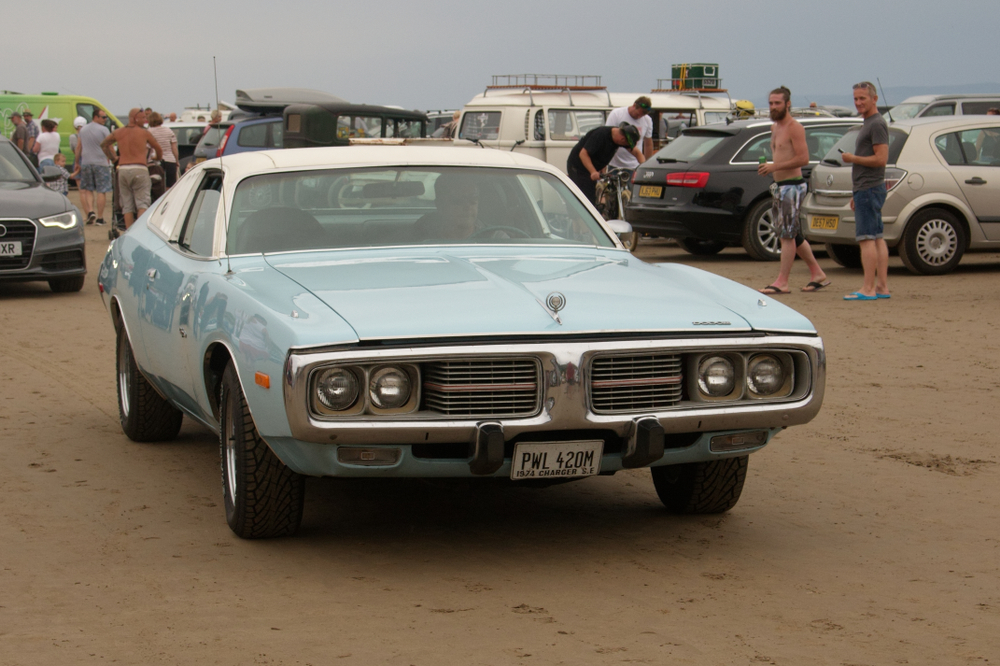
By 1974, the Charger had strayed far from its performance roots, and while it looked the part, the reliability suffered. Issues ranged from weak transmissions to electrical gremlins and rust issues, especially in areas with harsh winters.
1975 Chevrolet Chevelle Laguna S-3
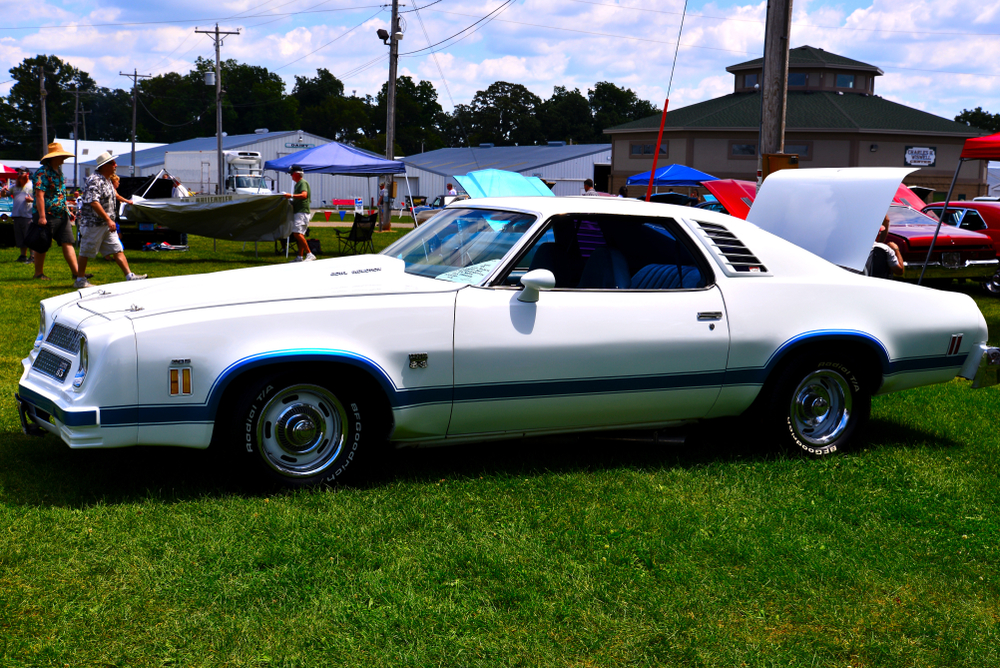
While this car had a distinctive look, the 1975 Laguna S-3 faced reliability issues. The emission-strangled engines were often sluggish and had problems maintaining consistent performance. Many also reported problems with the car’s suspension system.
1976 Ford Torino
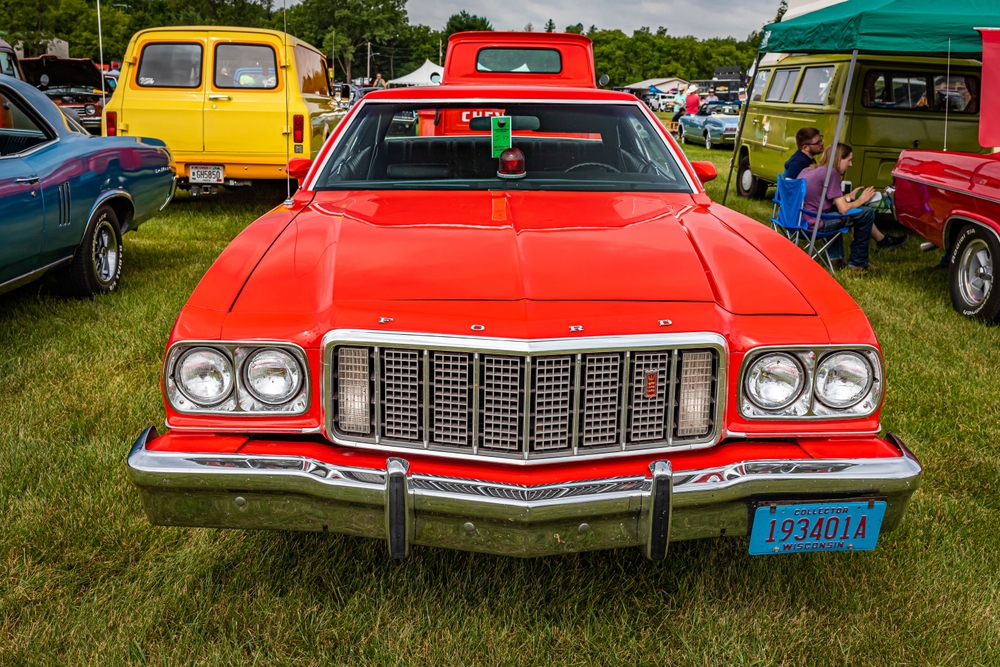
The 1976 Torino was bulky and faced several reliability concerns. There were complaints of transmission failures, braking issues, and a host of electrical problems, ranging from faulty ignition systems to malfunctioning radios.
1977 AMC Hornet AMX
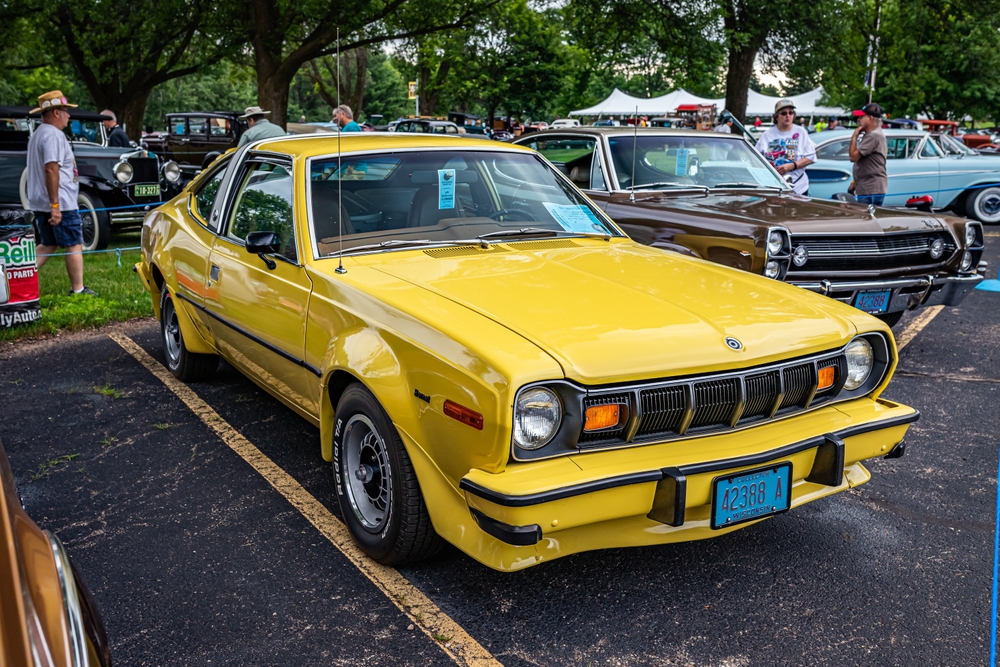
AMC’s attempt to offer a sporty compact car had its problems. The car was criticized for its underpowered engines and was prone to issues with its suspension and brakes. The build quality was inconsistent, and many faced early rust problems.
1980 Dodge Aspen R/T
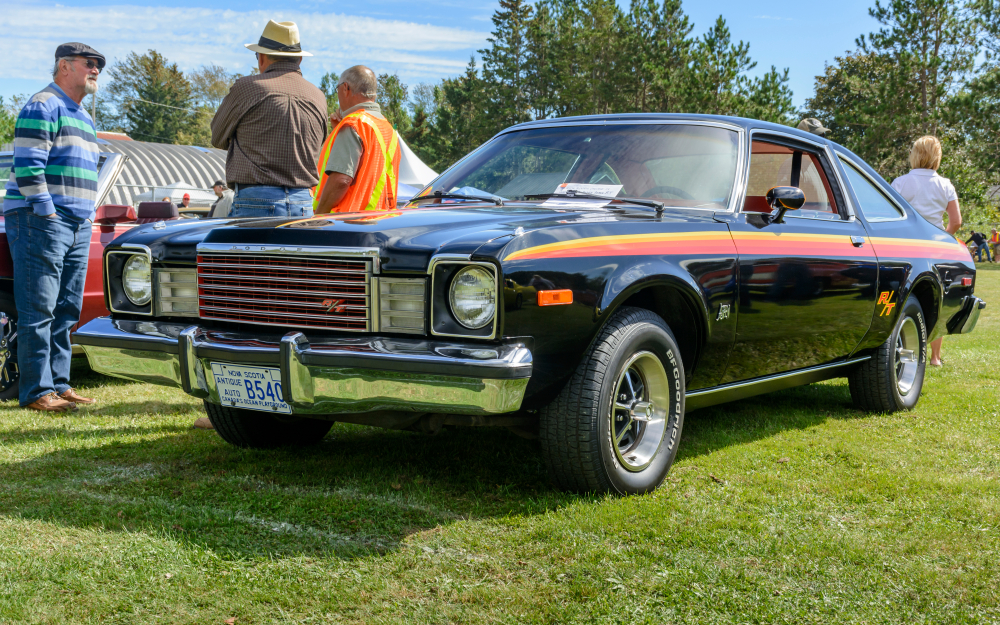
The Aspen R/T tried to offer performance in a small package, but it was plagued by problems. Common issues included premature engine failures, transmission troubles, and significant rust issues, especially around the wheel wells.
1982 Ford Mustang GT
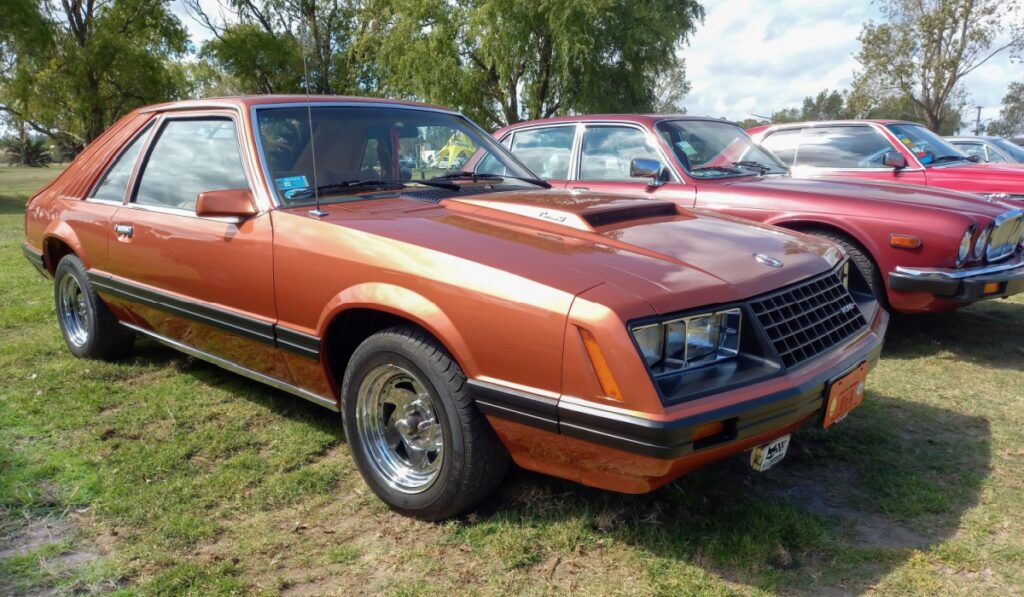
The 1982 Mustang GT tried to revive the Mustang’s performance reputation, but it came with its set of problems. Many owners reported overheating issues, unreliable carburetors, and a generally rough and unrefined driving experience.
1979 Pontiac Grand Prix SJ

The Grand Prix SJ had a sporty image but faced numerous reliability concerns. Common complaints centered around transmission failures, engine overheating, and issues with the power steering system.
1981 Chevrolet Monte Carlo SS
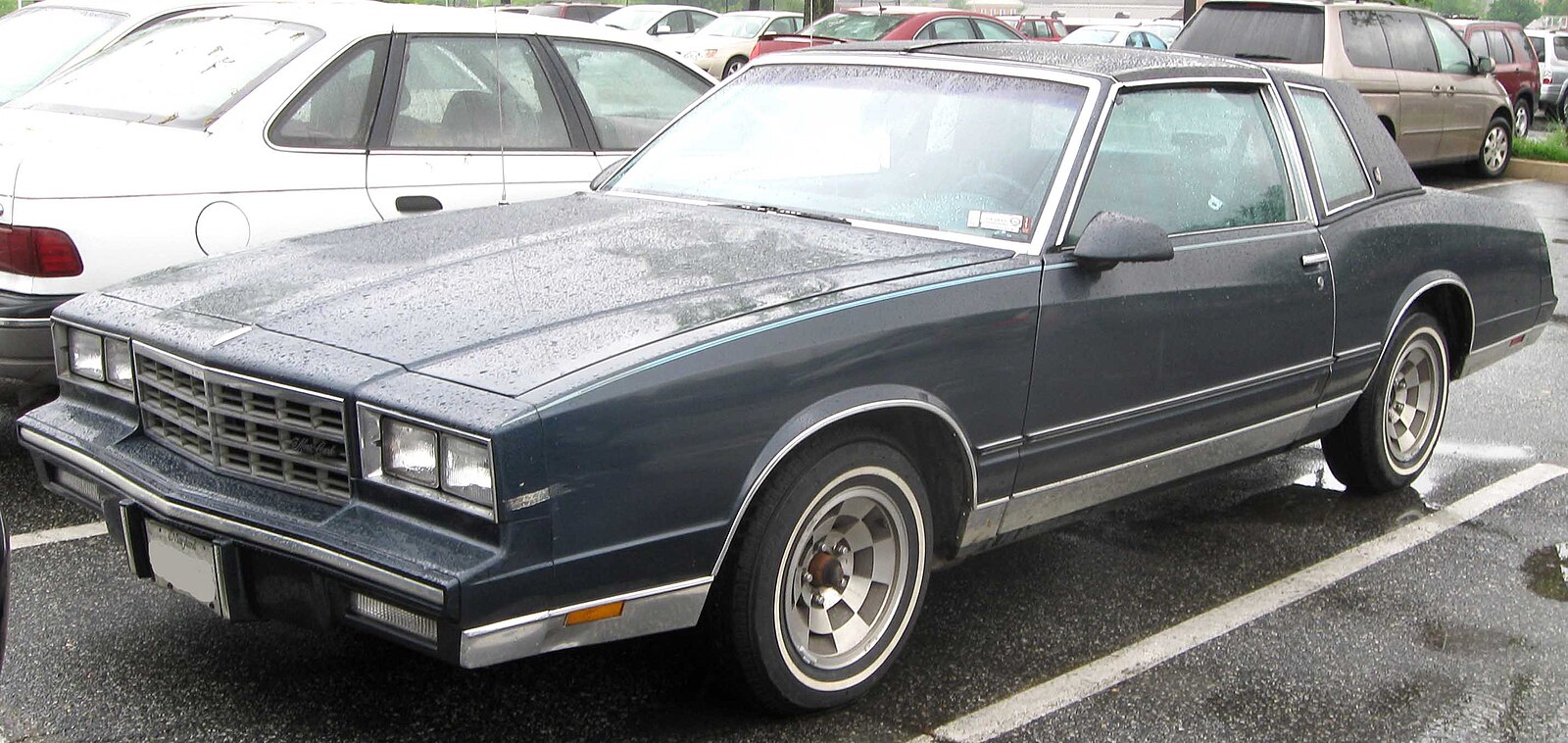
The 1981 Monte Carlo SS tried to capitalize on the muscle car era’s fading glory with its V8 engine. However, producing only 180 horsepower in an era of tightening emissions regulations, it was underpowered compared to its predecessors. Its boxy design lacked the sleek, aggressive lines that muscle car enthusiasts craved, and it struggled with reliability issues that further marred its appeal.
1978 Mercury Cougar XR-7
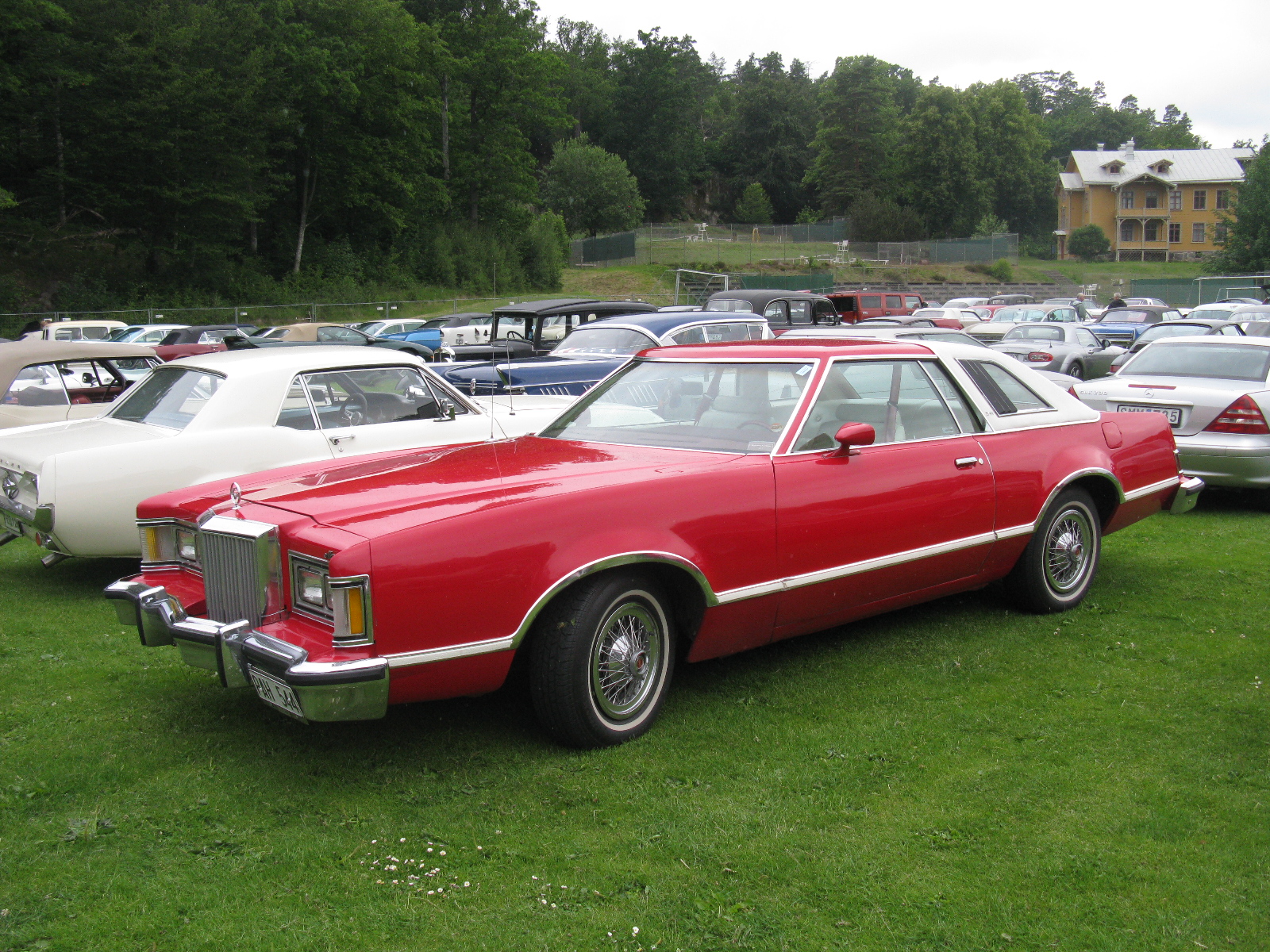
While it shared its platform with the Ford Mustang, the 1978 Cougar XR-7 was more luxury-oriented and less about performance. With a 5.8-liter V8 producing only about 152 horsepower, it was criticized for its sluggish performance and heavy body. The car’s plush interiors couldn’t compensate for its lack of muscle power, making it a poor choice for enthusiasts looking for a thrilling drive.
1979 Oldsmobile Cutlass Salon 442
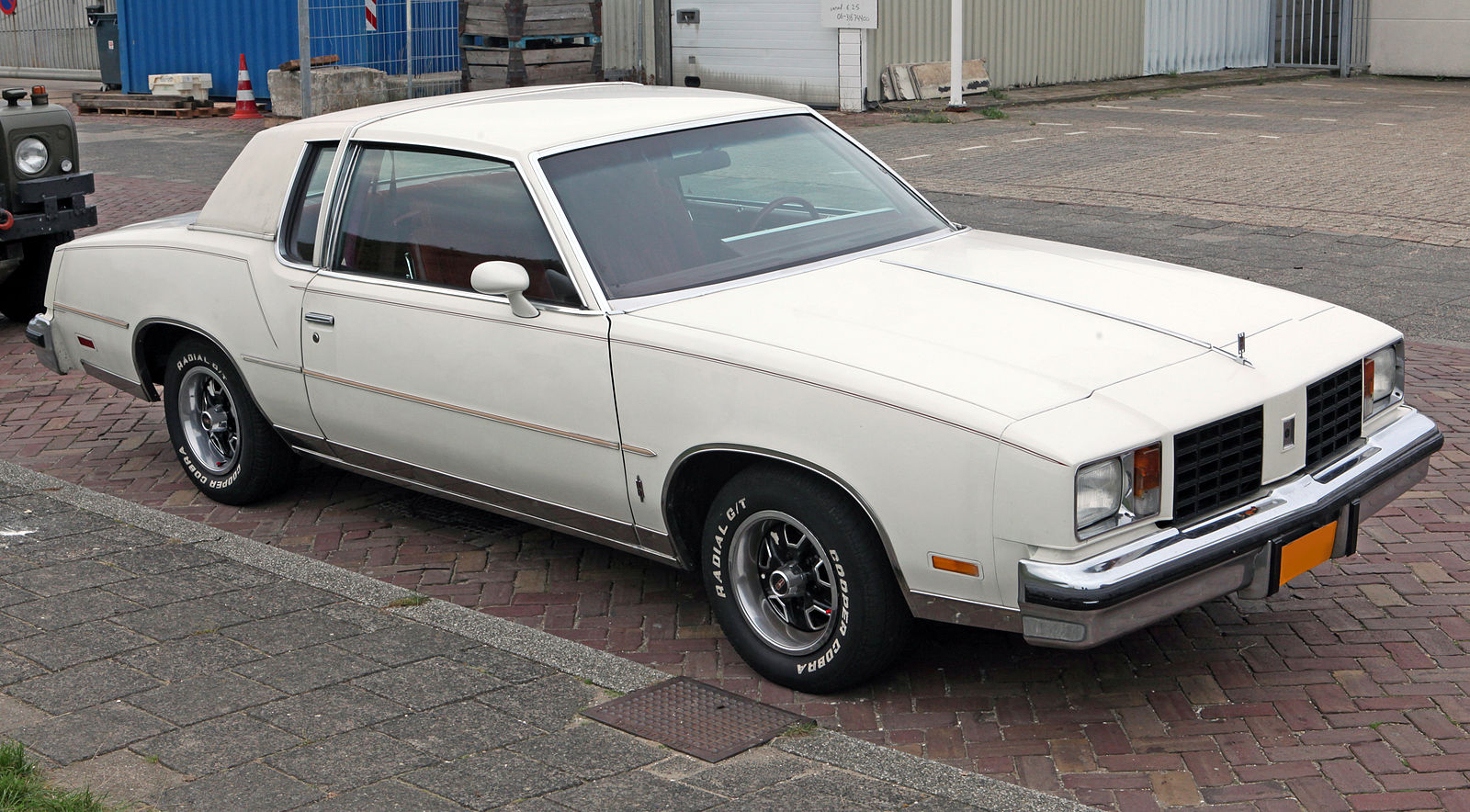
The 1979 revival of the 442 badge was a far cry from its powerful ancestors. Equipped with a 4.3-liter V8, it managed only 160 horsepower, and its performance was anything but sporty. The boxy, downsized design lacked the sporty aesthetic that the 442 name once stood for, leading to disappointment among fans of the original.
1983 Ford Thunderbird Turbo Coupe
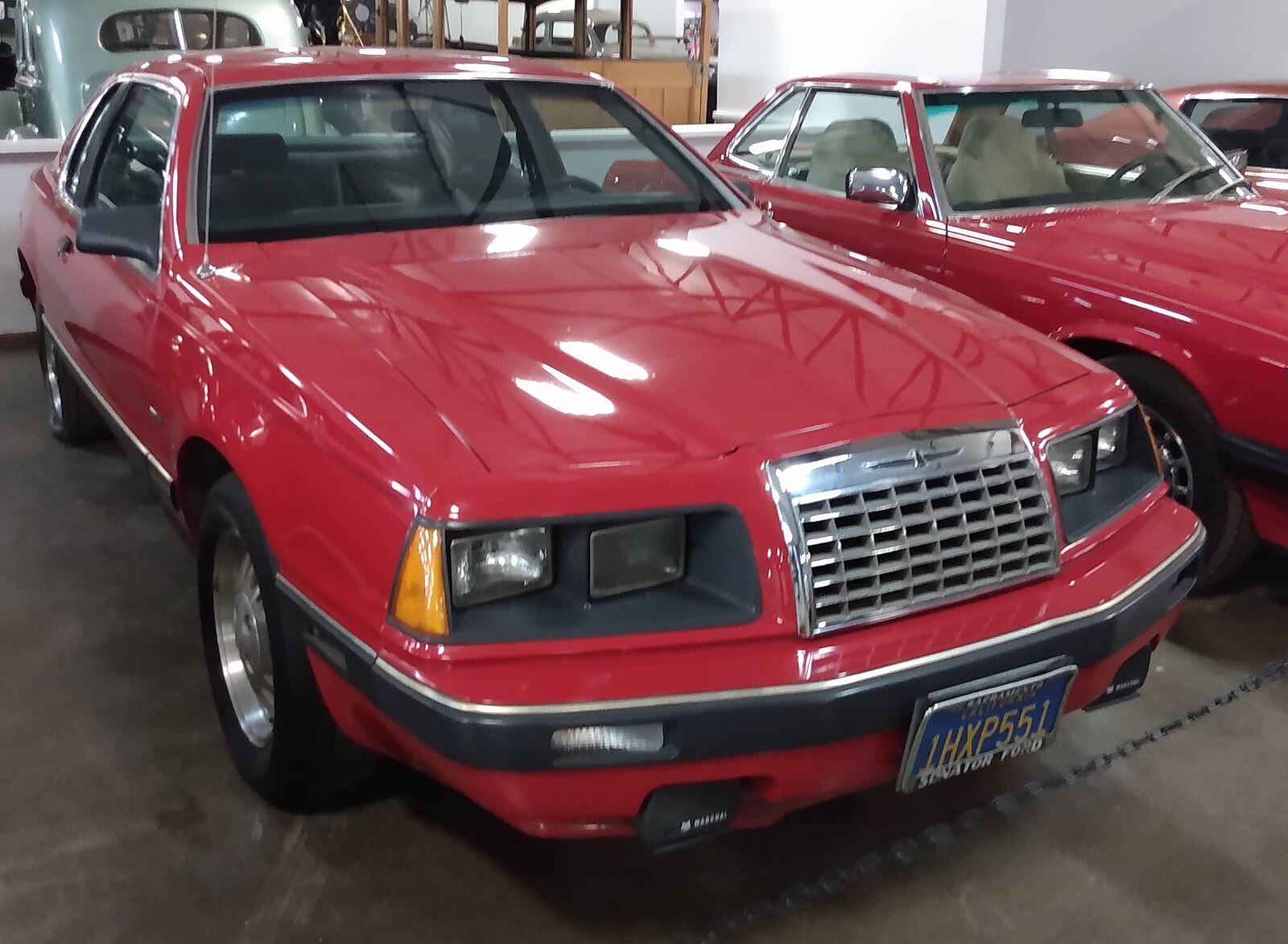
Despite its turbocharged engine, the Thunderbird Turbo Coupe’s performance was underwhelming, with only about 142 horsepower. It also faced reliability issues, particularly with its turbo system and electrical components. The car’s more aerodynamic design couldn’t make up for its performance deficiencies, making it a less desirable option.
1984 Pontiac Firebird Trans Am

The 1984 Trans Am featured a 5.0-liter V8 engine, but with only 190 horsepower, it didn’t live up to the expectations set by its bold, aggressive styling. Issues with build quality and an interior that many felt was too plasticky further detracted from its appeal as a true muscle car.
1986 Dodge Charger Shelby

Attempting to revive the Charger’s muscle car status, the 1986 Shelby version fell short with a 2.2-liter turbocharged four-cylinder engine delivering just 175 horsepower. Its front-wheel-drive configuration and modest power output couldn’t satisfy muscle car enthusiasts looking for rear-wheel drive and V8 thunder.
1975 AMC Matador X

The Matador X attempted to offer a sportier version of AMC’s midsize coupe, but with a 5.9-liter V8 producing a mere 180 horsepower, it was underwhelming. The styling was distinctive but polarizing, with some finding it too quirky. Reliability issues, particularly with its transmission and electrical systems, also plagued the model.
1987 Buick Regal Grand National

Although it gained a cult following later, the Grand National was initially criticized for not having the raw power expected of a muscle car. Its turbocharged V6 engine was innovative but produced only 245 horsepower, which didn’t quite match the explosive performance of older V8-powered muscle cars.
1977 Chrysler Cordoba

Despite being marketed with a touch of luxury, the Cordoba’s 5.9-liter V8 only output about 180 horsepower, significantly less than earlier muscle cars. Its heavier body and luxury features slowed it down, and the car was more about style than substance, failing to resonate with those seeking thrilling performance.
This article originally appeared on MyCarMakesNoise.
More from MyCarMakesNoise
12 Retro Classics with Eye-Catching Pop-Up Headlights

Before modern LED strips and adaptive light systems dazzled the roads, there was an era where style and intrigue emerged at the flick of a switch: the age of pop-up headlights. These iconic features not only served a functional purpose but became emblematic of automotive design during the late 20th century. Read More
10 Muscle Cars with a Dangerous Reputation

The roar of the engine, the thrill of acceleration, and the allure of raw power — muscle cars are the epitome of automotive adrenaline. Yet, with great power comes great responsibility. This article delves into the world of these high-powered beasts, shedding light on the models that, statistically, have shown a higher propensity for mishaps. Read More
25 Sports Cars You’ll Want to Avoid

When it comes to sports cars, the allure of speed and sleek design can be irresistible. However, not all sports cars live up to their flashy looks and high price tags. From frequent breakdowns to disappointing performance, some models are more trouble than they’re worth. Read More

